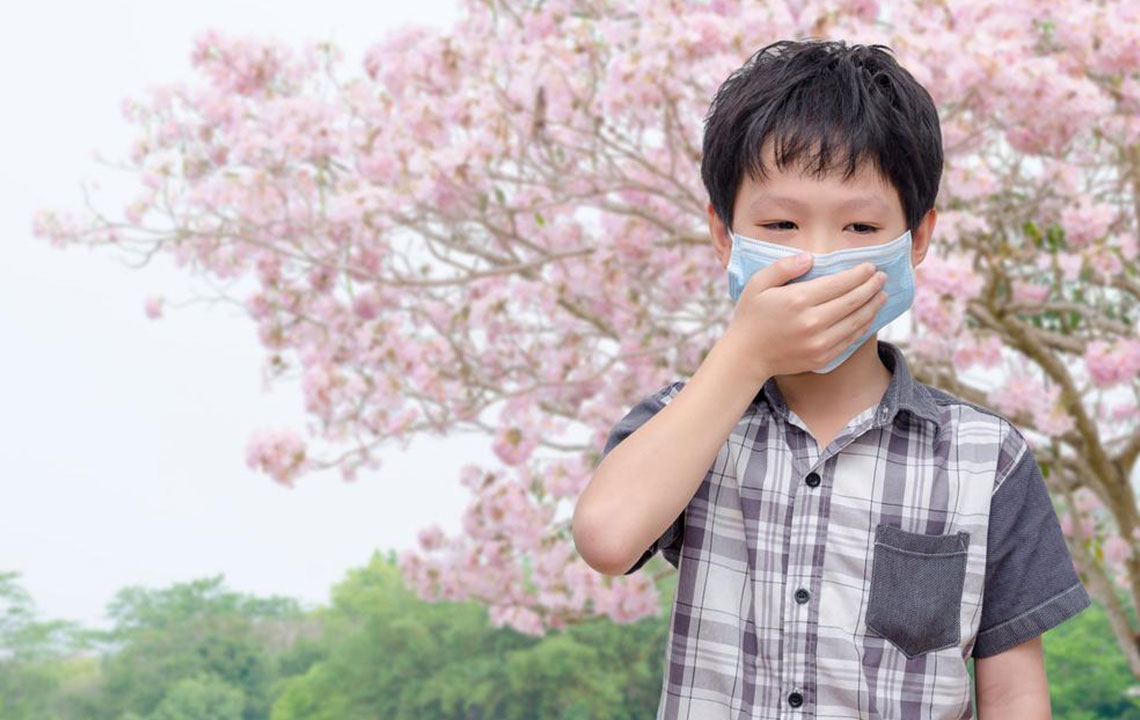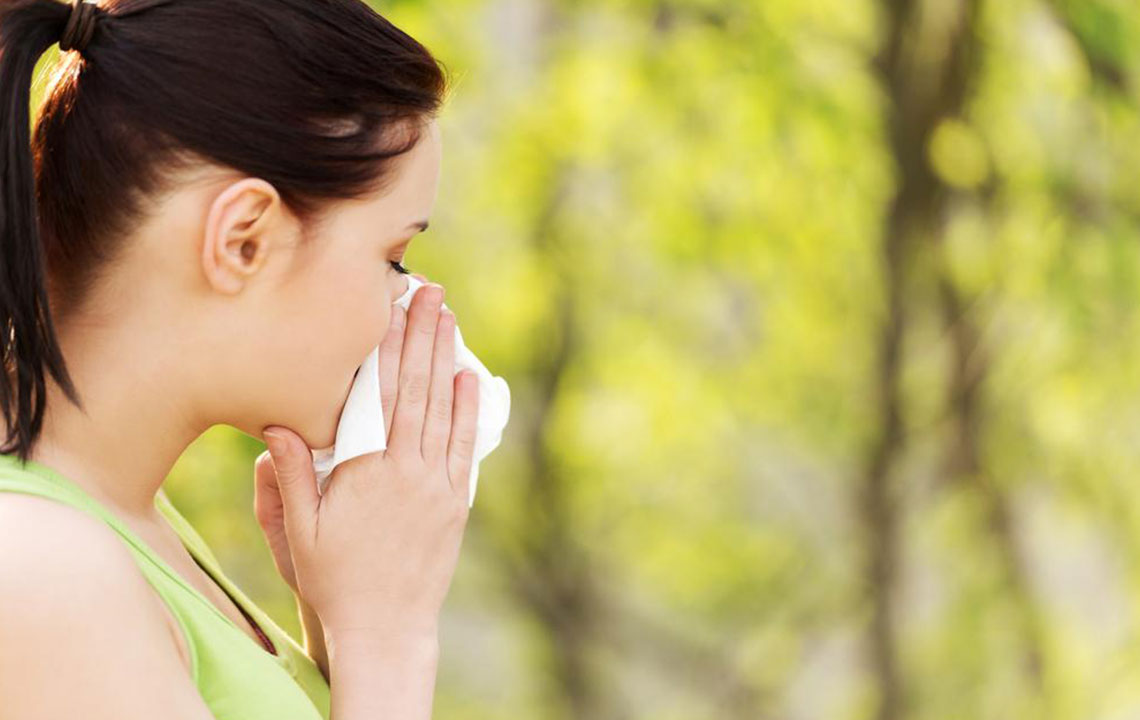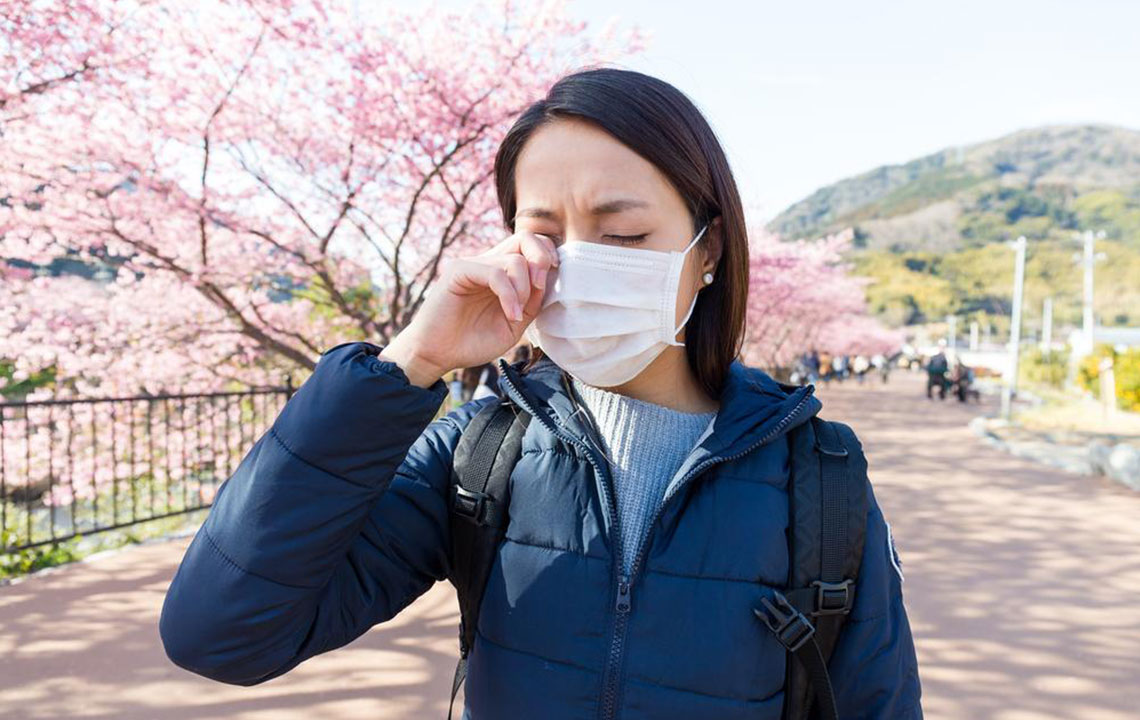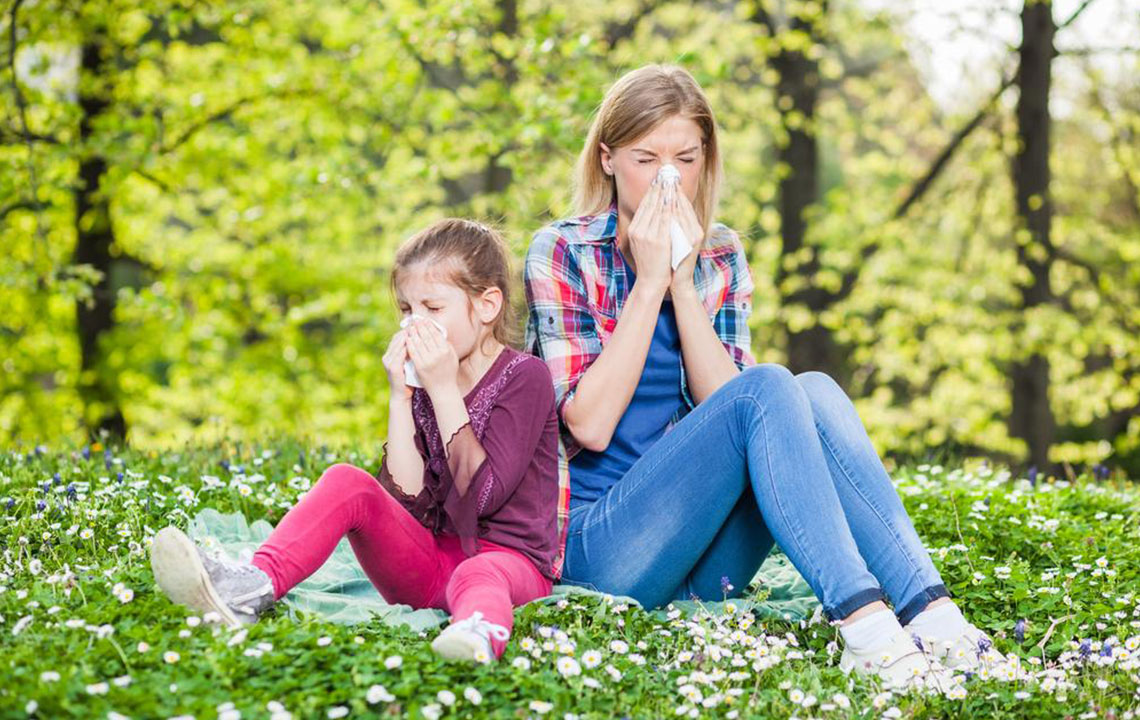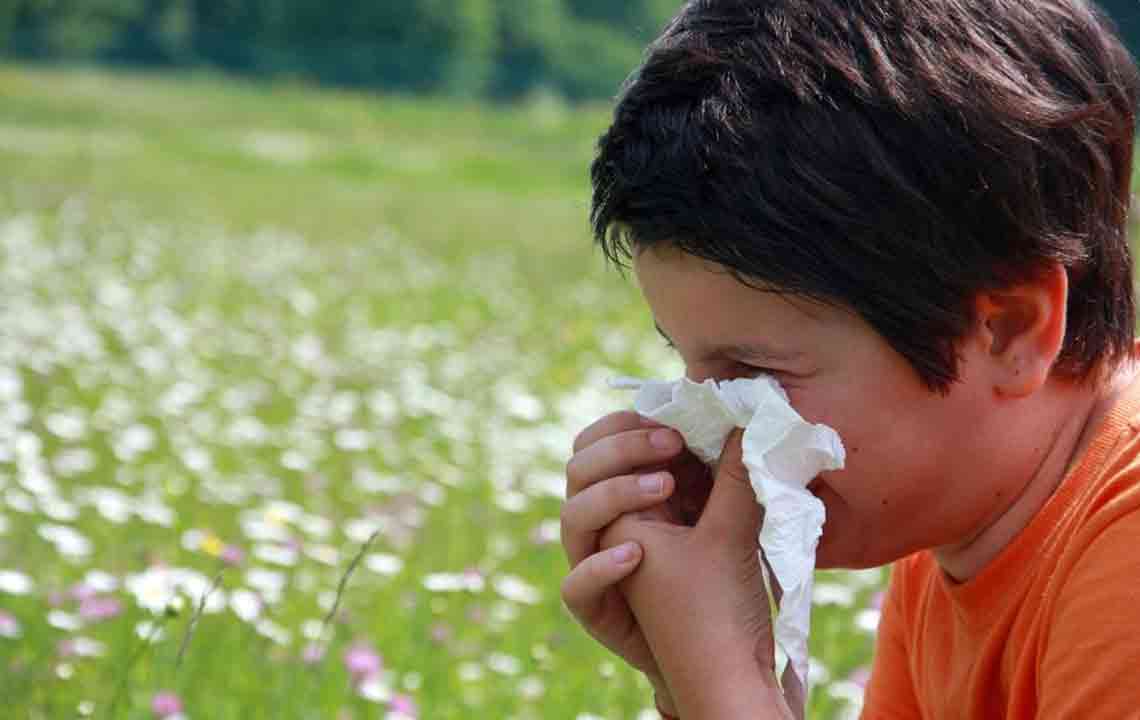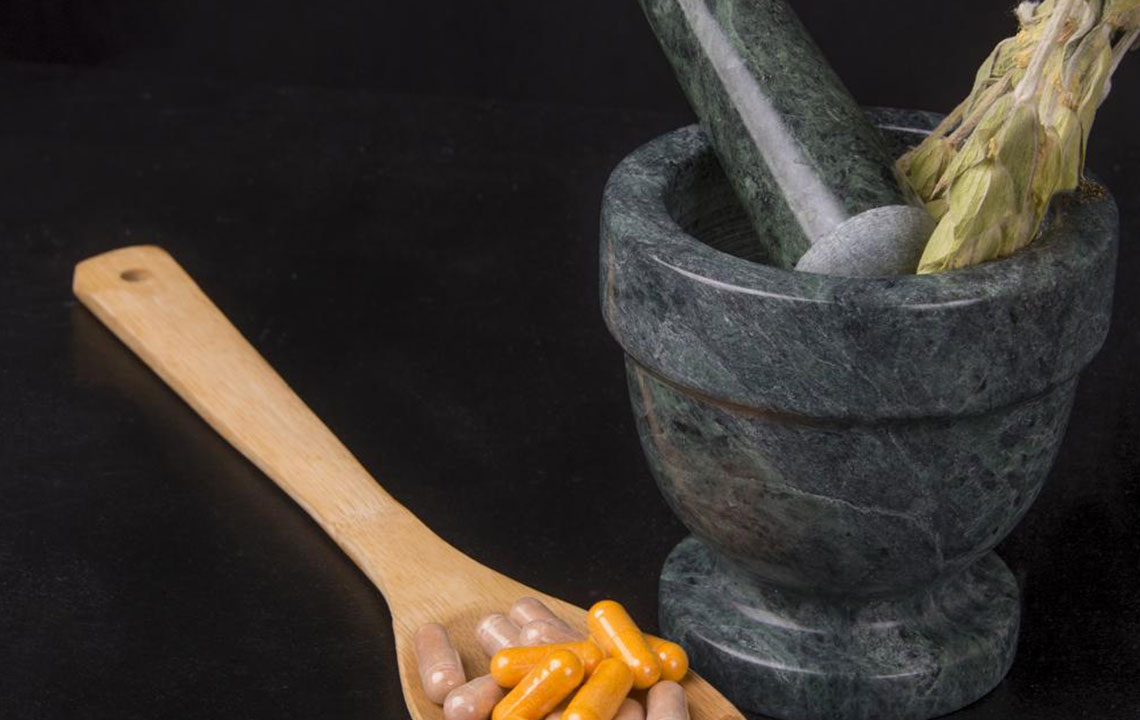Identify Early Symptoms of Pollen Allergy and How to Manage Them
Learn how to identify and manage pollen allergy symptoms effectively. This guide covers common signs, testing methods, and lifestyle tips to help reduce allergy impact and improve daily comfort during spring and summer seasons.

Recognizing Symptoms of Pollen Allergies and Effective Management
Spring and summer are traditionally times for outdoor fun and sunshine, but for many, these seasons bring unwelcome allergy symptoms. Do you experience frequent sneezing, itchy eyes, nasal congestion, or other allergy signs every year? If so, you might be suffering from pollen allergy, commonly known as hay fever or allergic rhinitis.
You're not alone. Over 25 million people in the U.S. are affected, with children often more vulnerable than adults. Understanding pollen, its causes, and allergy symptoms is essential to finding relief. Pollen, a fine powder produced by flowering plants, aids in plant reproduction. While some individuals are unaffected, others are highly sensitive, especially to pollens from ragweed, oak, and maple, which are airborne.
Common allergy indicators include sneezing, coughing, itchy, watery eyes, nasal blockage, sore throat, reduced taste and smell, and worsening asthma. Allergy testing, typically through skin prick or blood tests, helps identify specific triggers. To manage allergies, treatments range from allergy shots to over-the-counter medications, with lifestyle adjustments like hydration, protective eyewear, limiting outdoor exposure, and using air purifiers proving beneficial. Early recognition and proactive measures can significantly improve quality of life.
Remember, persistent allergy symptoms deserve medical attention. Consult an allergy specialist to develop an effective treatment plan and enjoy the seasons with minimal discomfort.

